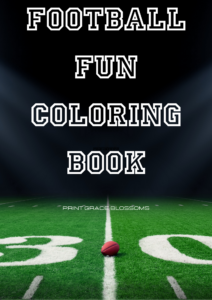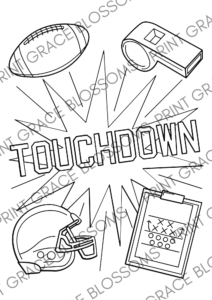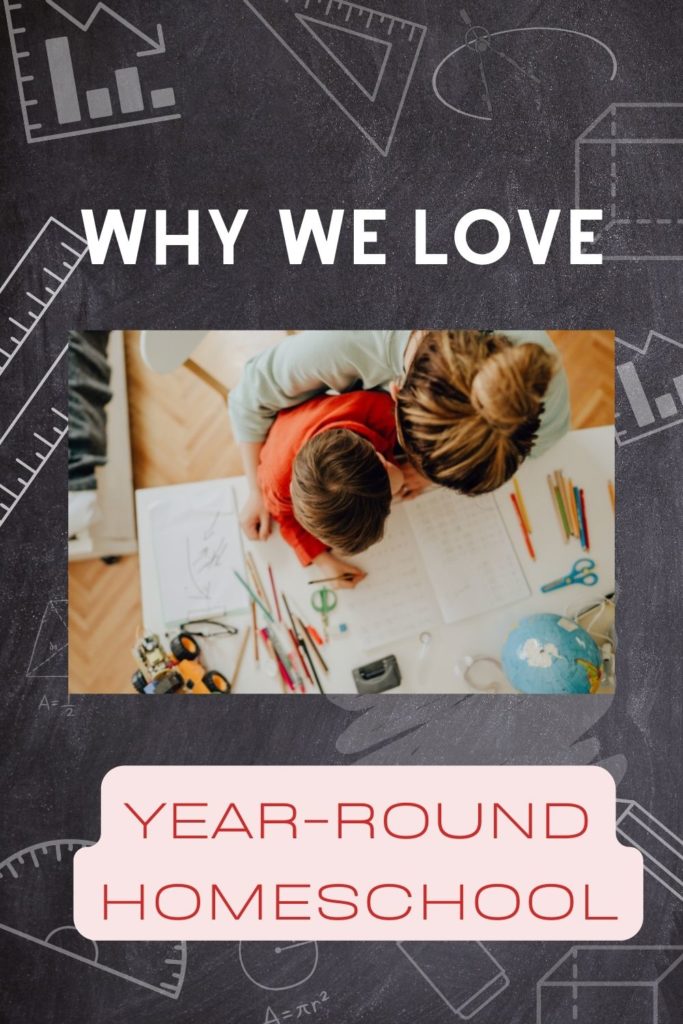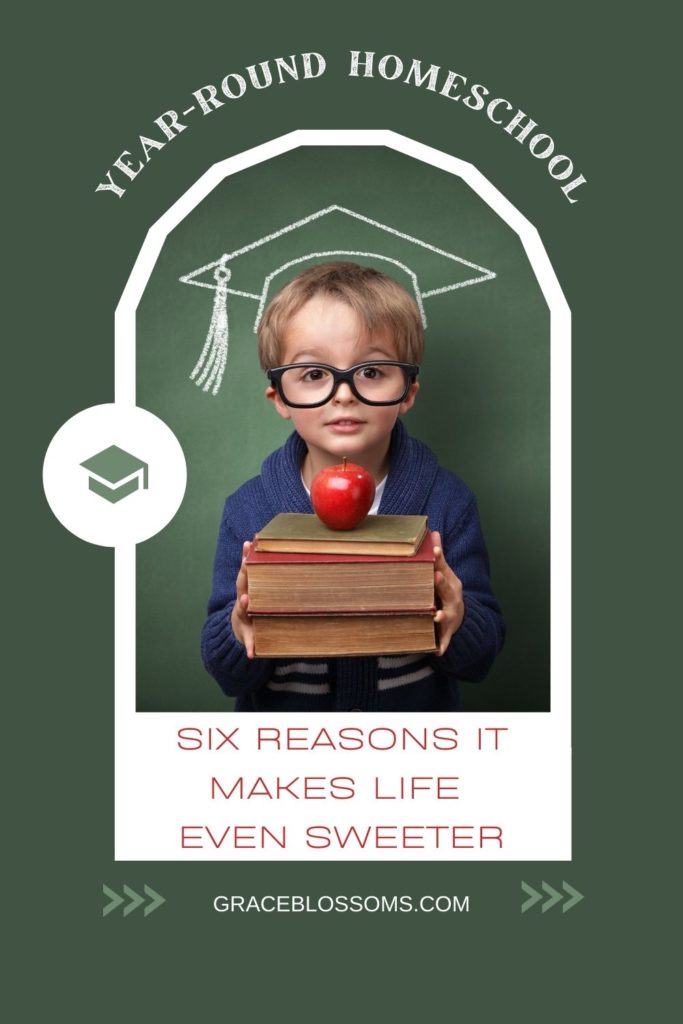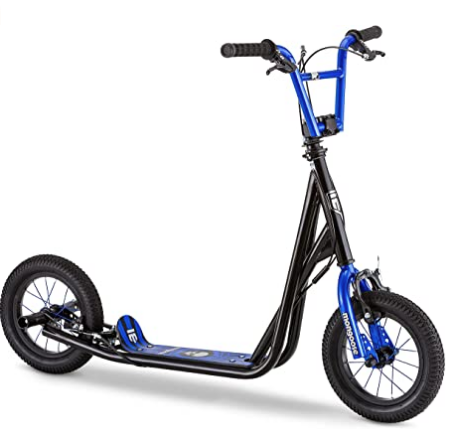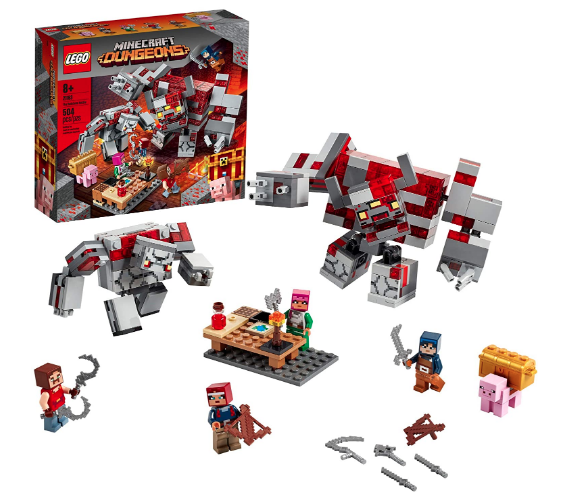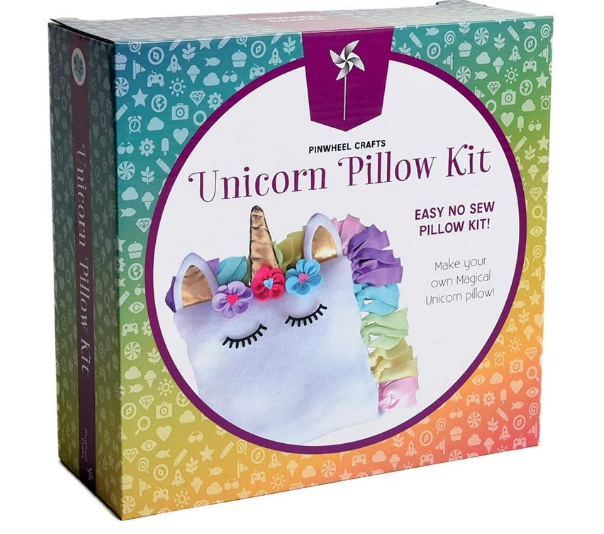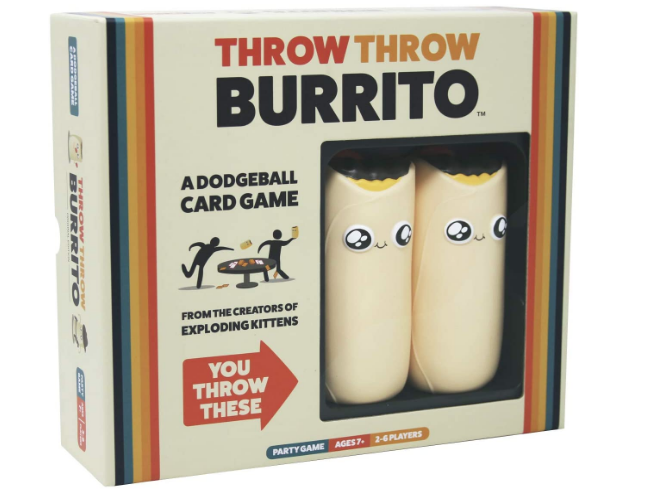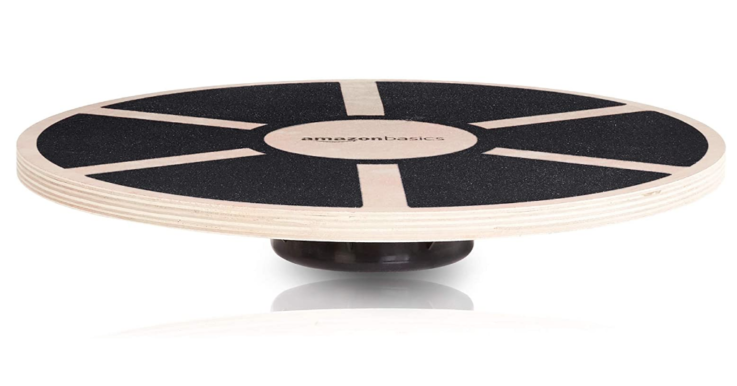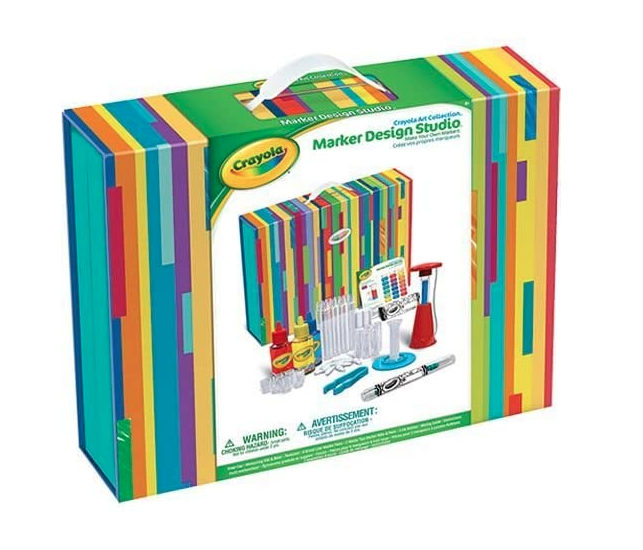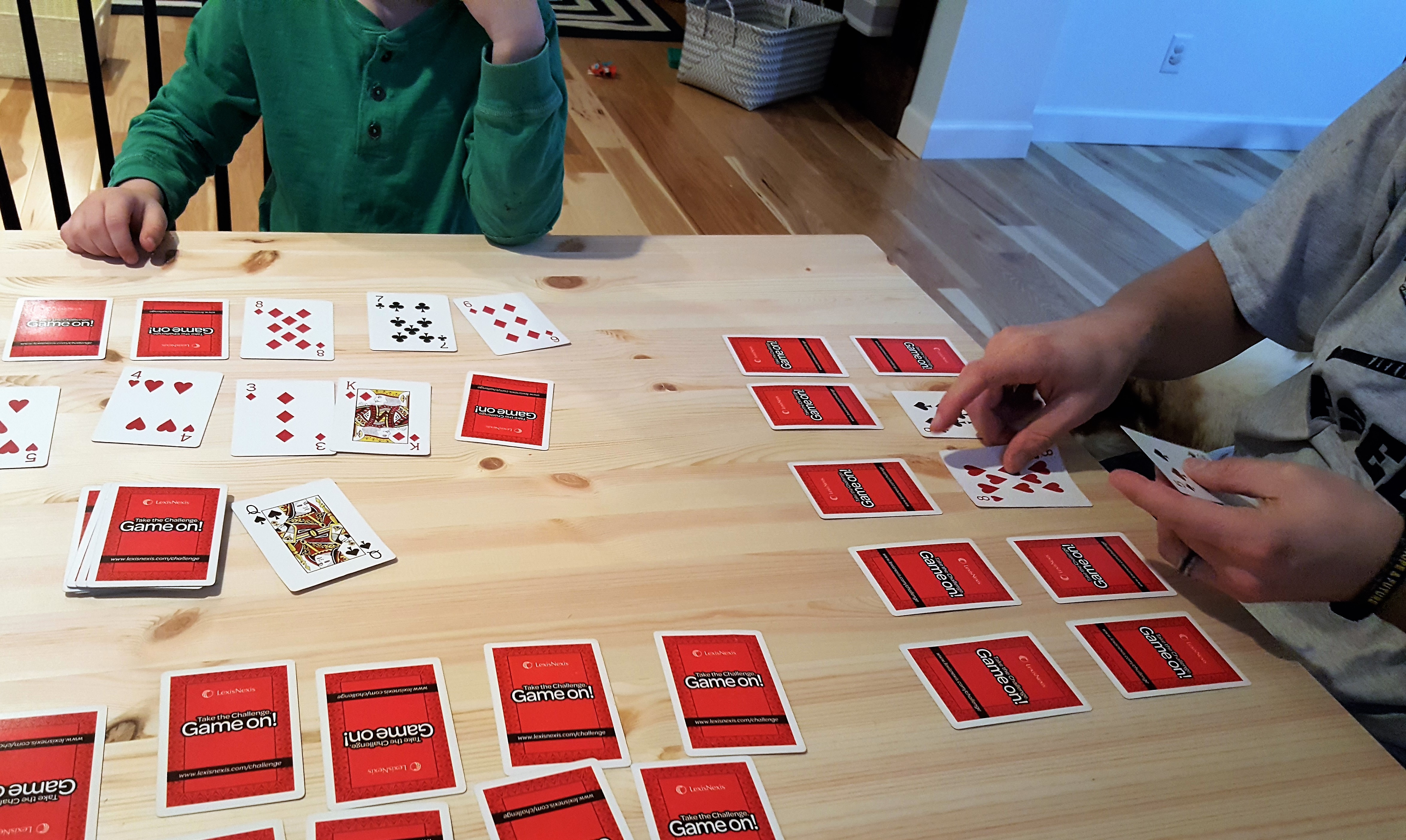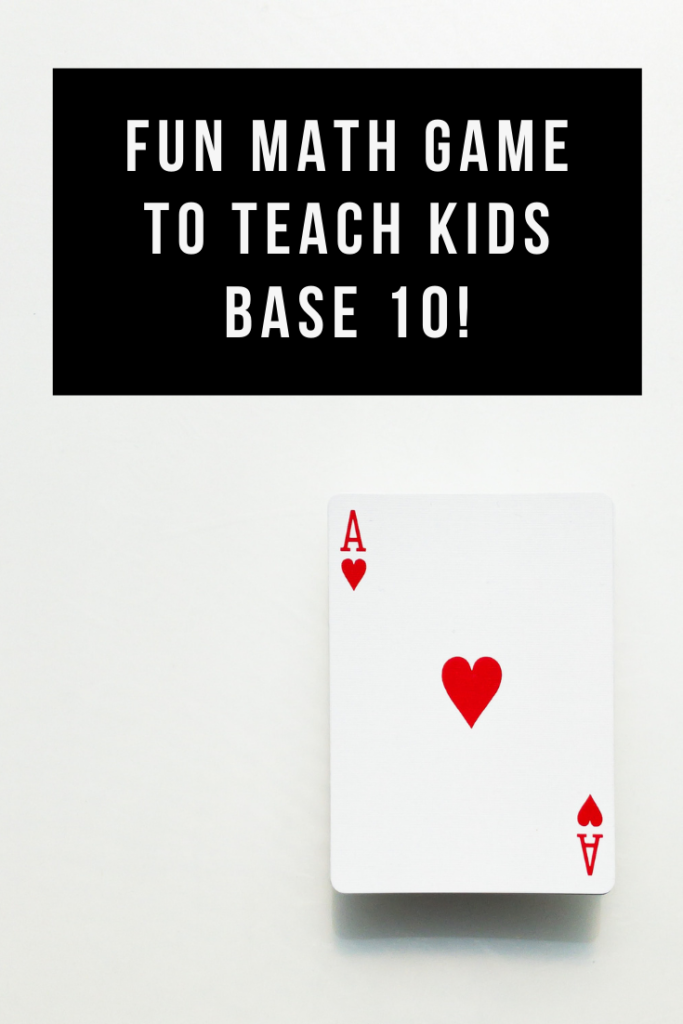Football Fun Coloring Book
Click here to download your copy of our Printable 40 page football coloring book!
This coloring book is simple with fun sayings and would be great printed for long trips or when out to eat.
Add Stickers
Personally, we love a good googly eye to add a little silly to our coloring pages, but stickers like these would also do the trick.
Want More Coloring Fun?
Loved this Printable 40 Page Football Coloring Book and would like some more fun?
Check out this 50 State Coloring Book!
